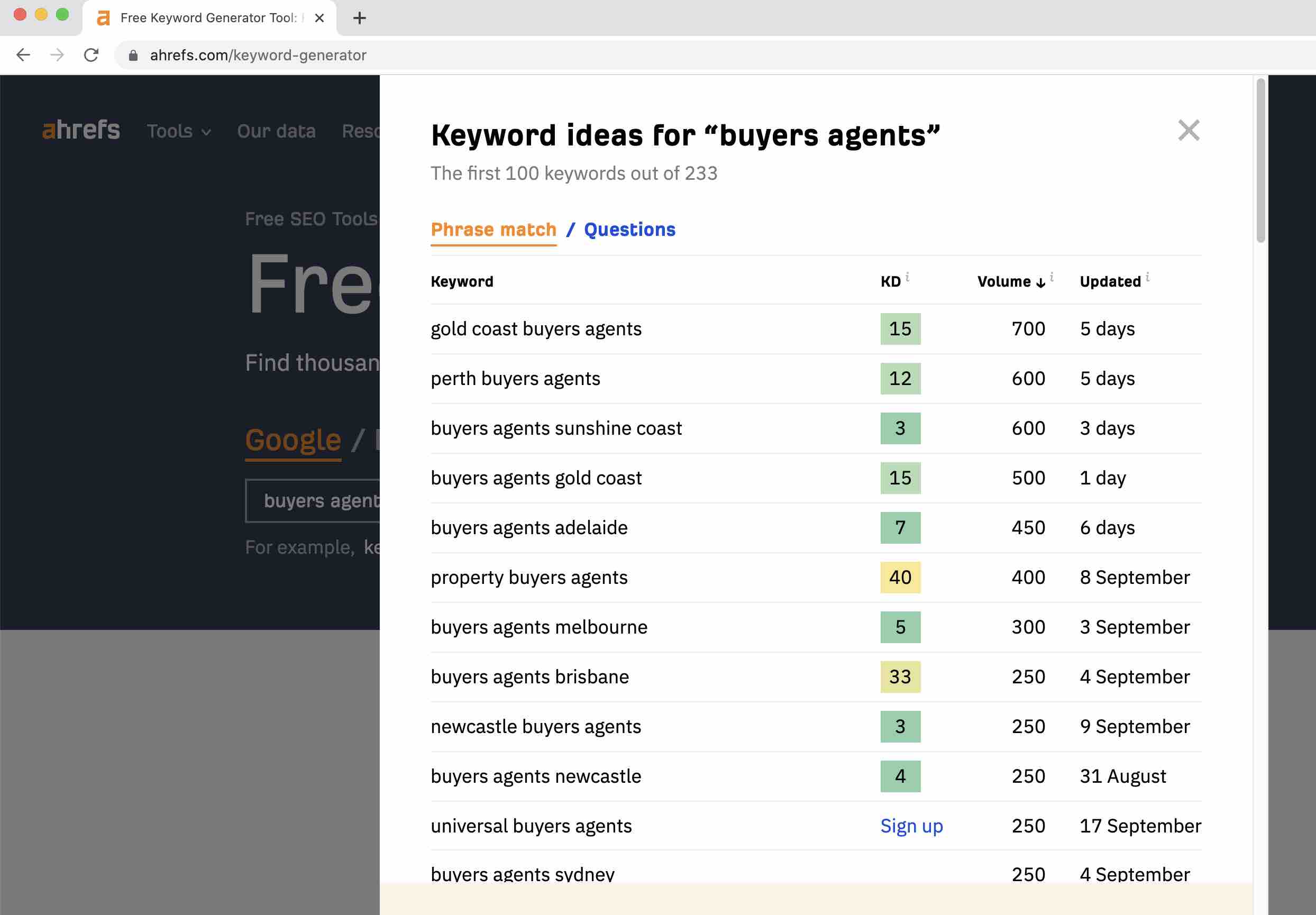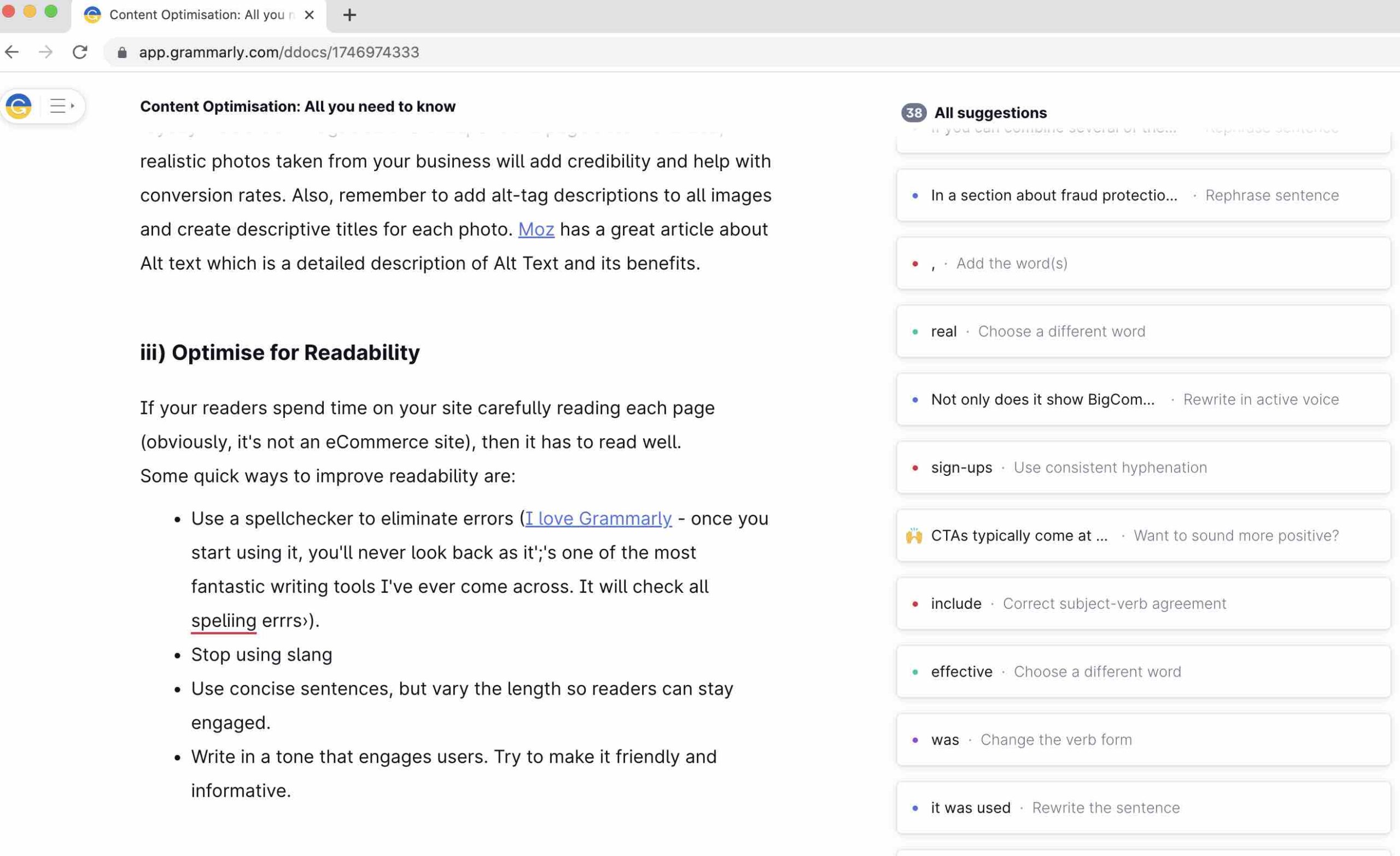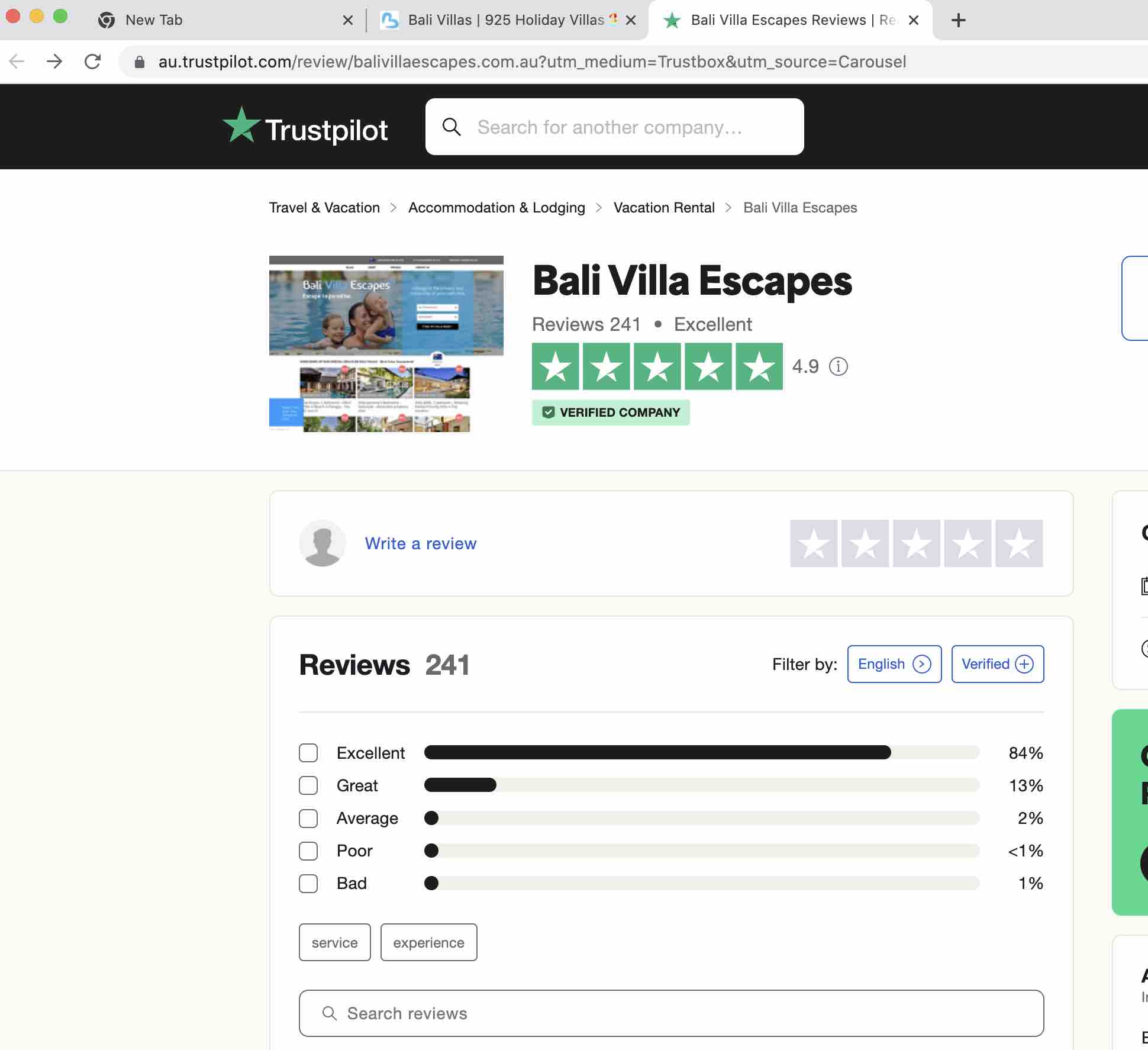I hope you enjoy reading this blog post.
If you want my team to do your SEO & digital marketing for you, click here.
Article Overview
Is your content not getting the type of online traction and results you expect?
The harsh reality is in this super-crowded, and over-competitive page search results on Google more is needed to have content that ranks.
But, no! That’s so old school. Today you have to have content optimised to rank as well as sell. Both depend on each other, and your content must work harder as the online space becomes more concentrated. Of course, I’m talking about writing content strictly for Google (and I’ve spoken at length about the dangers of this in previous articles such as Content and SEO, The Perfect Marriage.
But, you must optimise your content for the audience, so they can easily find what they are searching for in a super digestible format. People nowadays are lazy and want information at their fingertips in less than a few seconds. Now, ask yourself this: Does your website give users this, or are they bored reading streams of information?
Don’t know what I’m talking about? This article will clearly explain ways you can optimise your content for Google and your customers. How nifty! I’ll cover areas like:
- what content optimisation is
- why you need content optimisation for your website
- how to easily optimise your content for SEO purposes
- how to optimise your content for readability and style
- how to optimise your content for customer conversions
- common optimisation mistakes people make
So, let’s start.
What Is Content Optimisation?
Content optimisation, according to ahrefs, is the process of improving content to ensure it stands the best possible chance of meeting its desired goal. That may be ranking on the first page of Google, increasing social shares, or attracting your best customers.
For this website, my goal is to increase user engagement and educate readers about SEO. I do this through the blogs I write, and I’m incredibly cognisant about the content I publish. I also ensure that the copy I write is in my style and reflects how I talk to people in my business dealings, casual yet professional.
Why Does Your Website Need Content Optimisation?
You have to optimise the content on your website if you will have any chance of ranking on Google. It’s one of the fundamentals of SEO. You can write the best blog in the world and spend days writing it, but if it’s not optimised, then it won’t rank.
If you can get your content ranking on Google, there are other SEO benefits which include:
- Earning backlinks – people will want to link to your website’s article if they find it useful, which is the best type of organic SEO.
- Growing your audience – if you are an authority in your space, your audience will grow naturally.
- Increasing leads – ensure your article has a few call to action or CTA’s. People reading the article will be enticed to contact us.
- Building trust – the better the article, the more faith you’ll get from your audience.
Optimising your content for readability makes the customer’s online journey more accessible and pleasurable and helps build your brand. People are not stupid; they’ll respect your business and, therefore, your brand if you have put the time and effort into content creation rather than cobbling a short article together just for writing something. In content optimisation, you get more out of it than you put it in terms of growing a loyal customer base.
How To Optimise Content For SEO
Improving your content’s online Google rankings is the main reason for content optimisation.
So let’s take a quick look at how to optimise content for SEO purposes.
i) Keyword Research
With keyword research, you need to write content based on what your customers are looking for online. So, for example, if you’re a Buyers agent in Sydney like our friends at Curtis Associates, you have to have your main home page with keywords peppered with content targeting buyers agents. Plus, all blogs, news articles and service offerings must be related to the real estate market, the economy, and banks in Sydney or Australia. All buyer agents’ keywords will have the bulk of the web traffic, so you have to go after these.

Ahrefs has a great keyword generator tool that is super helpful to use and will give you an idea of the keywords to target and how difficult it is to rank them. If you have a new website, there’s only a point in trying to target super challenging and competitive keywords if you are willing to wait a long, long time. SEO Does take time, but sometimes the wait may be too long, so targeting less competitive keywords is best for the short term until your website has aged and built up trust with Google. I’ve had customers call me and say they want to be on page 1 of Google within three months with their new start-up. It’s sometimes heartbreaking to tell them the reality of ranking new sites in competitive niches.
Also read: New Websites Take Time to Rank.
ii) Competitor Research
Once you have identified your main keywords, it’s time to see what the competition is doing online, which is easy to do. Key in the keywords into Google and see the results.
You will notice a trend for the top ranking pages such as:
- Is the page type a blog post, an e-commerce page, a news article or something else?
- The format: is it a how-to guide, best tips article, a YouTube post or a review?
- Do the top three pages write about the same thing? And, do they all say the same thing but vary the copy slightly?
Understanding what ranking is will be a great segway into how you want to optimise your content. Don’t try to reinvent the wheel here or be overly creative. For example, if Google prioritises blog posts over service pages, write a blog post. The same goes for the type of content and format delivery. See what Google ranks and create content based on what’s currently working. There is, however, a caveat here. Don’t create the same content. Try to add your flair and personality to it to reflect your brand. You can clearly see this when you look at keywords in a very competitive area; graphic design Sydney. The top sites show home pages for graphic designers, which is why I have been trying to rank the Hopping Mad Graphic Designs page for this keyword. Currently, it’s on top of page 2, so let’s see how we go after I optimise the content further.
iii) Integrate Keywords Into Your Content:
Here comes the fun and delicate part; integrating keywords into the content. And, never plonk keywords into the content ad hoc, hoping that it will help with the rankings. Methodically place keywords onto the pages
- title (this will tell Google the intention of the page)
- meta description (tells the readers what the page is about in greater detail)
- H1 tag (super-important ranking factor and the H1 is the page heading)
- image alt tags (so many people forget about this ranking factor, but images must be labelled).
Regarding adding your main keywords in the copy, be very careful (and avoid the temptation) to over-stuff keywords in the copy. Not only does this annoy the reader, but it will hamper your SEO rankings. Even worse, you may end up getting your site penalised by Google. Read more about Google’s interpretation and strict rules regarding keyword stuffing in their irrelevant keywords document. Google clearly states that Filling pages with keywords or numbers results in a negative user experience and can harm your site’s ranking. So, take notice of this!
iv) Add Internal and External Links
Internal page linking throughout your website is one of the most forgotten areas of page optimisation. However, you must link between pages of your site as it allows Google to crawl all pages quickly and, in turn, helps with rankings.
Internal linking also improves the user experience as customers can find what they are looking for without searching the site. After all, it’s all about the customer’s journey, which we want to make as easy and seamless as possible. A happy online customer is more likely to buy or inquire.
A golden rule about internal linking is to list all related pages by finding a way to naturally include them in the copy without being too spammy. You then must go to each linked page and ensure it links back. A lot of linking, I know, but it’s a great optimisation technique.
It can be challenging, but any decent SEO copywriter will know how to do this.
How To Optimise Content For Style and Readability
You need to be able to optimise your content, so it appeals to the customer. What’s the point of having content ranking if no one wants to read it? It’s a conversion killer, and I hear people tell me they can’t understand why the phones are not ringing when the rankings are doing so well—readers who engage with your content and spend time going through the site; the better the rankings.
i) Improve Your Content’s Structure
Does your web page look like one sizeable continuous paragraph, or is it broken into easy-to-read, well-structured sections? Unfortunately, you’ll have to reassess your entire website’s design structure and page layout quickly if it’s the former. Luckily, some speedy fixes improve the page’s structure, so it’s easy on the human eye, such as:
- Add a table of contents at the start of the page or blog.
- Use bullet points throughout the content (as I am doing in this blog)
- Use headings and subheadings.
- Add a conclusion at the end of the section.
- Add an about the author to create more trust as users will be able to identify with the author.
ii) Add Images and Other Forms of Media
Another way to improve your content’s readability/structure is to add images and videos to the page. A point to note is to shy away from cheap royalty-free stock images as this cheapens the page’s look. Instead, realistic photos taken from your business will add credibility and help with conversion rates. Also, remember to add alt-tag descriptions to all images and create descriptive titles for each photo. Moz has a great article about Alt text which is a detailed description of Alt Text and its benefits.
iii) Optimise for Readability
If your readers spend time on your site carefully reading each page (obviously, it’s not an eCommerce site), then it has to read well.
Some quick ways to improve readability are:
- Use a spellchecker to eliminate errors (I love Grammarly – once you start using it, you’ll never look back as it’;’s one of the most fantastic writing tools I’ve ever come across. It will check all spelling errors and correct grammar. This entire blog is written with Grammarly).
- Stop using slang
- Use concise sentences, but vary the length so readers can stay engaged.
- Write in a tone that engages users. Try to make it friendly and informative.

How To Optimise Content For Conversions
Great content is the key to better conversion rates. Having exceptionally well-written copy will make all the difference. Following are some great tips for writing kick-ass copy.
i) Target Commercial Keywords and Topics
You have to pick the right topic that has a high-level commercial intent. In addition, you must write about a current topic with large search volumes.
You can use Buzzsumo to generate great content ideas for your blog. Type the keywords you are trying to target, giving you fantastic related blog topics.
ii) Be Enticing
Your copy has to be enticing. It has to draw readers in, keep them engaged and hopefully do enough to convince them to buy. So here are some quick fixes to make your page more enticing.
- Add proof to show real people love your product for one of our clients. I use Trustpilot, and as you can see, it adds loads of credibility and trust to one of our client’s pages; Bali Villa Escapes.

- Write in a personal tone, and try not to be too condescending.
- Add as much proof as possible, such as case studies and testimonials.
This will be a winning formula if you add all these elements to your page. Adding trust, credibility and proof from other people is a great way to help convince people you are exactly what you say you are; even better.
iii) Improve your CTA
Every article, blog, service offering, or news item should have at least one powerful call-to-action or CTA, which could take the form of a:
- free giveaway if they sign up
- phone number, so they call you
- fill out the inquiry form
- down load podcast
- discounts
- sign up for the newsletter
- the list is endless, and it is up to your imagination what the best CTA could be for your website or business.
These CTA should be either in the middle of your content or at the top or bottom. But make sure to leave the article with only a few CTAs and avoid unnecessary pop-up windows. Hubspot has a great article titled 50 Call-to-Action Examples You Can’t Help But Click, which will give you a few more ideas about choosing the best CTAs.
Most Common Content Optimisation Mistakes?
Now we know how to optimise content for search and your audience, let’s take a hard look at some of the most common content optimisation mistakes.
a) Need to align content with search intent. Many people will write general content rather than target content specifically for the page. If you are writing about a particular topic based on a high-volume keyword search, ensure the content is delivered to the audience. For example, if you are writing about ‘tips to clean your car’, make sure you are writing about ways to clean your car and not sell car cleaning products.
b) Ignoring the reader experience. The page has to look in no other terms; pretty. It has to be appealing, and the reader has to want to spend time on the page. Too often, people are so focused on the rankings and getting to page # 1 of Google that they need to remember how it looks and what people who land on the site will do. High bounce rates will affect rankings where people land on the page and leave it immediately because they don’t like what they see.
c) Forgetting internal links. Remember what I said about internal links and how they make it easy for Google to index all pages of your site; well, consider the power of internal linking very seriously.
d) Need to improve the content. Writing sub-standard content and throwing some keywords into the mix will hamper rankings. Consider getting a copywriter to help you write content for your main navigation pages.
e) Forgetting to delete irrelevant content. Get rid of all outdated and irrelevant content throughout your website. Plus, visit old blogs and update these with new content. Your old blogs have aged and value, so keep them updated with current news or company information.
Final thoughts
To increase your website conversion rates and drive better leads, you should continually refine and optimise your content. Gone are the days when you could put a half-hearted effort into your writing and expect people to buy/engage with your service or product. The web world is super-competitive, and with the addition of all those social media channels, you have to go the extra mile to have any impact. In addition, we are bombarded with online clutter daily, so you have to do it better than the next guy if you want your business to break through. Content is just one aspect of the marketing process, but it’s a vital component.








